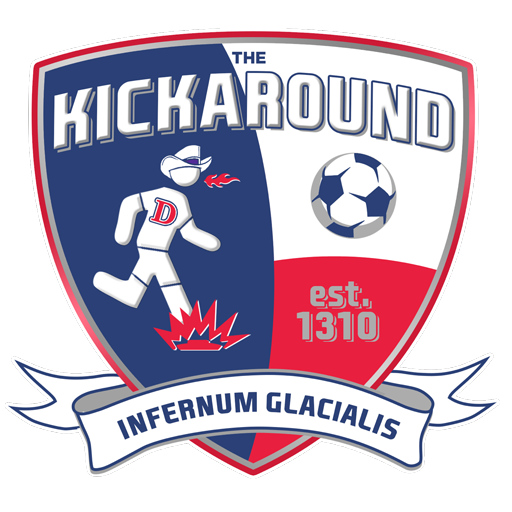Three to Watch for Each Club
/in Uncategorized/by Peter WelptonTrying to pop a list like this for any team is silly subjective, so don’t get offended if your favorite player isn’t listed here. Americans are included by default, but when you consider each relative to their club, their spots are largely deserved. Some appreciated assistance provided by my friend Lars Sivertsen. Arsenal (ARS): Saka, […]
VAR – Soccer’s New Normal (reprise)
/in Uncategorized/by Peter WelptonI wrote this back in 2017 subsequent to the limited introduction of VAR and the obvious implications that loomed. At this point, I hadn’t even gotten into the matter of the use of slow motion in video replay. August 18, 2017 In the wake of the 2008 financial crisis and the recession that followed the […]

